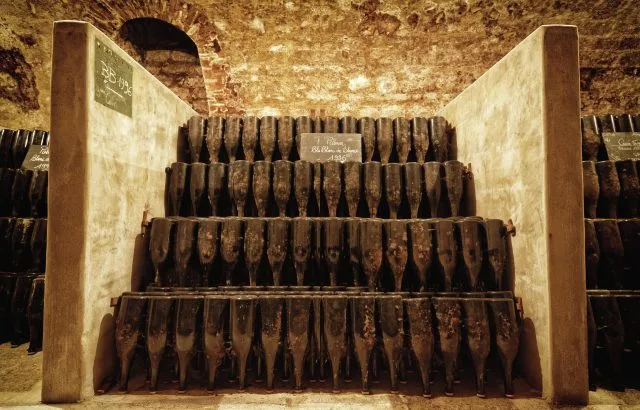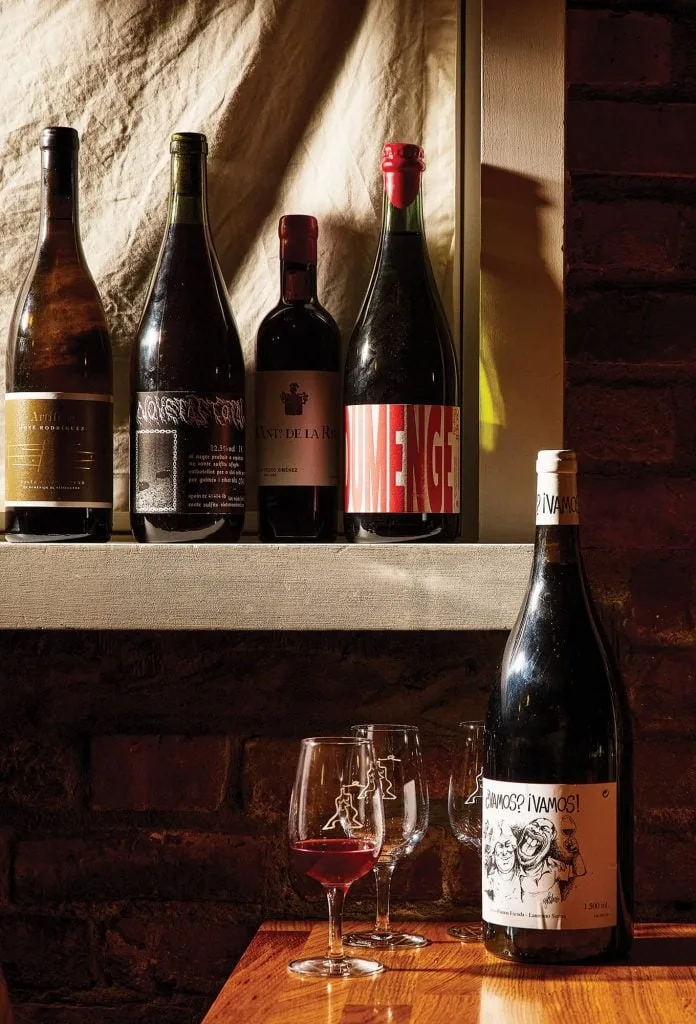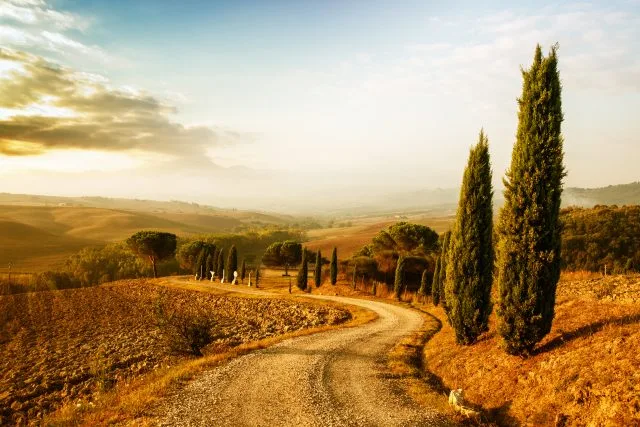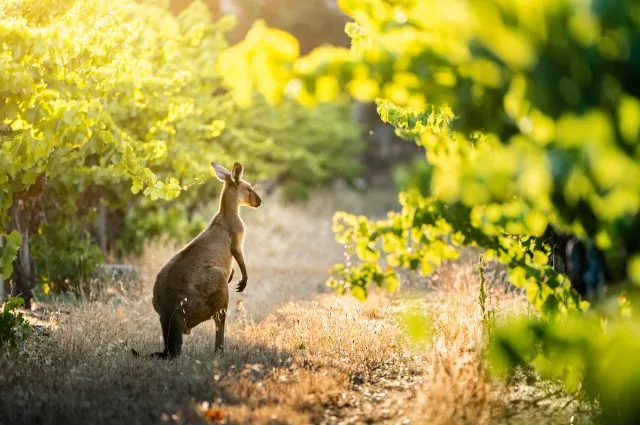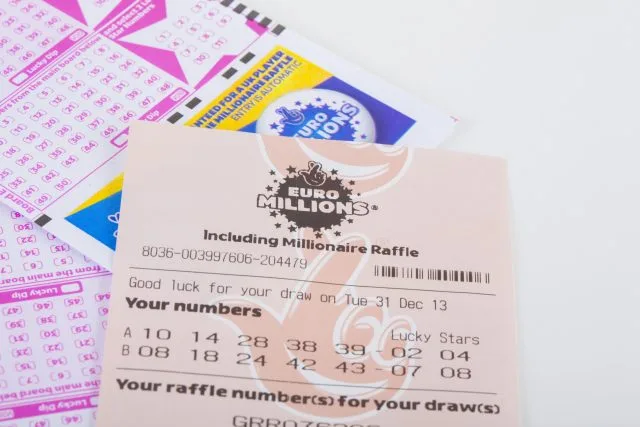Releasing back vintages of Champagne was once a rarity, but the practice is becoming increasingly common now, as Giles Fallowfield discovers. OPPORTUNITIES TO taste, let alone drink, older, previously released vintages of Champagne used to be few and far between. Back in the early 1990s, when I started making regular visits to the region, it only ever happened when you were there, in situ, in the cellars of certain houses or of a tiny number of top grower producers. And the winemaker – because they were usually the people who opened such treats to show to interested guests – wanted to have a good idea that you might appreciate the experience. There were practically no commercial re-releases of older vintages that had been given extra time on their lees, and precious few bottles were kept back for extra ageing on the cork after disgorgement. A new vintage was put on the market at some point after perhaps five to 10 years’ ageing, and it was on the market until it was all sold – after which the producer moved on to the next vintage release. If there was a large gap between declared vintages – for example, few houses made much vintage Champagne between their 1990 releases and 1995, the next widely released year – then the follow-on vintage release was likely to have less cellar age, irrespective of what the particular characteristics of that year might be. It
This Article was originally published on The Drink Business - Fine Wine

